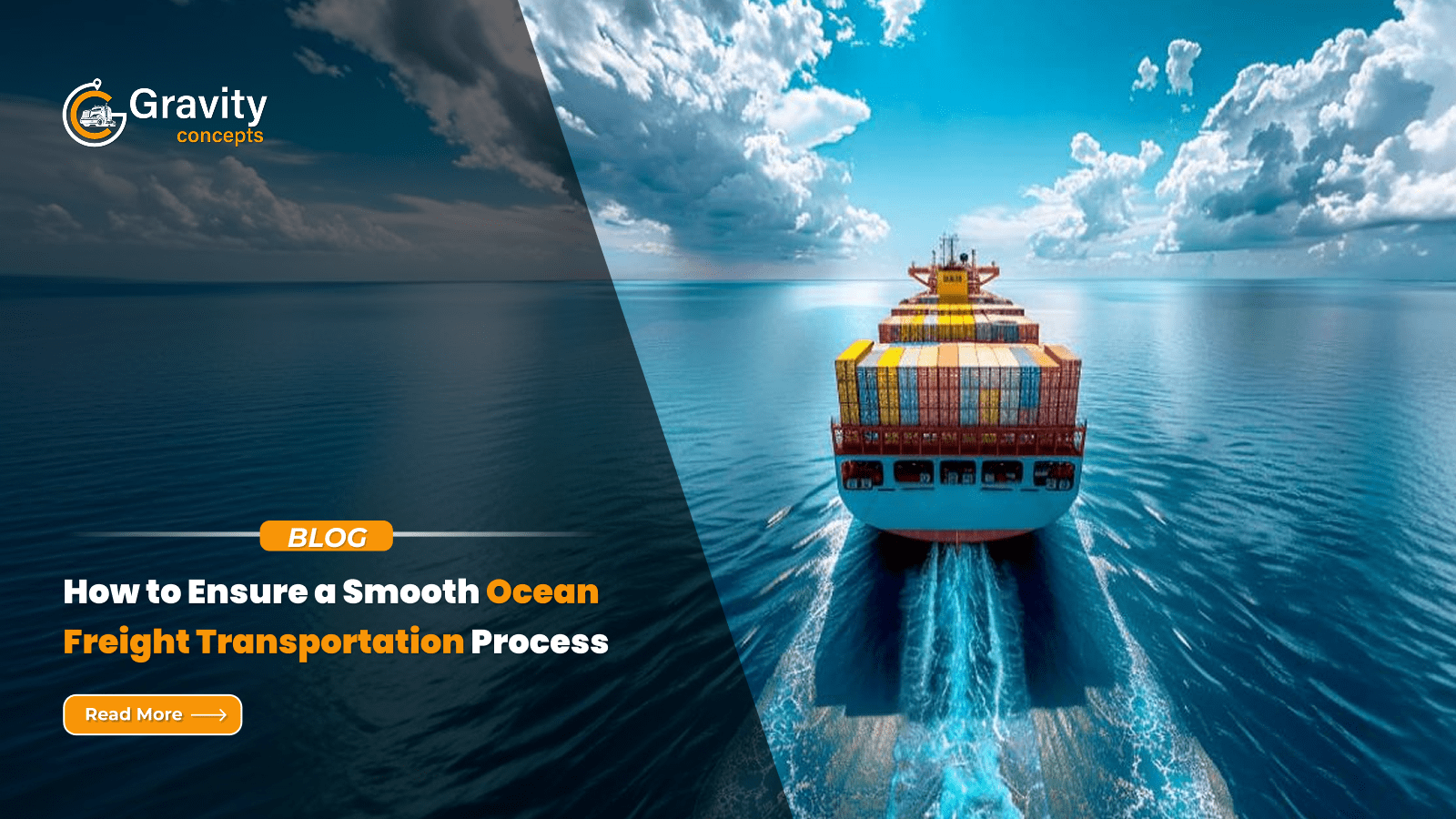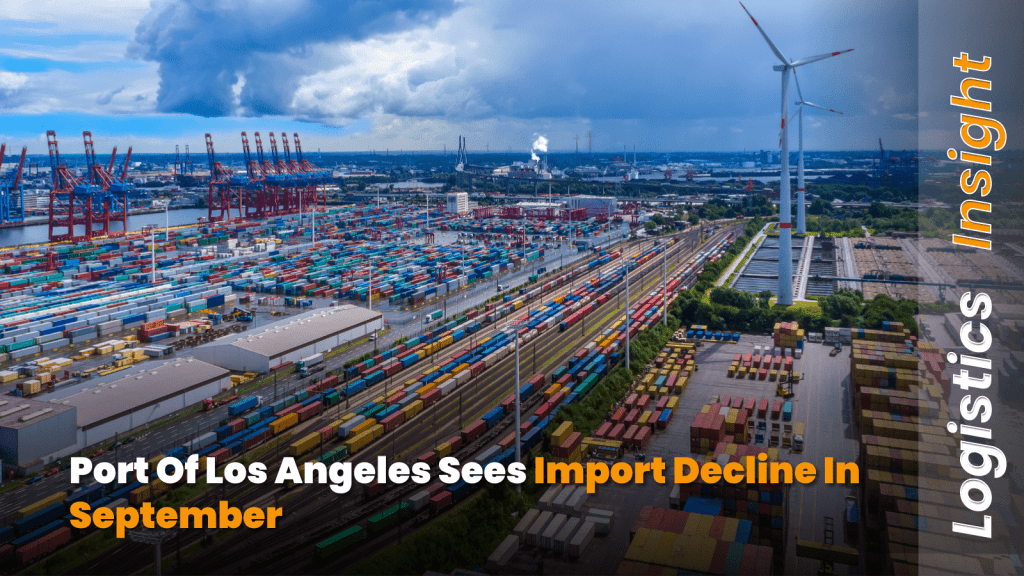
How to Ensure a Smooth Ocean Freight Transportation Process
Ocean freight remains the backbone of global trade, accounting for over 80% of international cargo movement. Whether you are shipping goods across continents or fulfilling large export orders, a well-managed ocean freight process is essential for timely deliveries, cost savings, and seamless supply chain operations.
However, businesses often face shipping delays, documentation errors, and customs clearance issues that disrupt the transportation process. To avoid these challenges, proper planning and coordination are key.
In this guide, we’ll break down how businesses can ensure a smooth ocean freight transportation process, covering everything from choosing the right shipping method to managing customs and final delivery.
1. Choosing the Right Ocean Freight Service
Selecting the appropriate shipping option is the foundation of an efficient freight process. Businesses must determine whether they need:
- Full Container Load (FCL) – Ideal for high-volume shipments where an entire container is used for a single consignee.
- Less than Container Load (LCL) – Best for smaller shipments that share container space with other cargo.
Key factors to consider when choosing between FCL and LCL:
- Cargo volume and weight
- Transit time requirements
- Budget and cost-effectiveness
- Destination regulations
A strategic shipping plan based on your business needs helps optimize costs and improve shipping timelines.
2. Ensuring Proper Documentation & Compliance
Incorrect documentation is a common cause of shipping delays. To avoid complications, ensure that all necessary paperwork is in place, including:
- Bill of Lading (BOL) – The official contract between shipper and carrier.
- Commercial Invoice – A detailed list of shipped goods with their value.
- Packing List – Specifies cargo details like weight and dimensions.
- Certificates of Origin – Required for customs clearance in some countries.
Additionally, understanding customs regulations, import/export laws, and tariff classifications is crucial for compliance. Working with experienced professionals ensures that shipments meet legal requirements and avoid penalties.
3. Packaging & Labeling for Secure Transit
Proper packaging is essential to prevent cargo damage and ensure compliance with shipping regulations. Best practices include:
Using durable materials – Sturdy boxes, crates, or pallets for heavy shipments.
Waterproofing and weatherproofing – Protecting cargo from humidity and sea conditions.
Correct weight distribution – Ensuring balanced loads for safe handling.
Labeling cargo correctly – Including handling instructions, barcodes, and shipping details.
Securing shipments effectively minimizes the risk of damage and ensures smooth customs clearance.
4. Managing Freight Insurance & Risk Mitigation
The unpredictability of ocean freight requires businesses to have strong risk management strategies. This includes:
✔ Freight insurance – Protecting cargo against loss, theft, or damage.
✔ Understanding potential risks – Such as port congestion, container shortages, and adverse weather conditions.
✔ Planning alternative shipping routes – In case of disruptions or emergencies.
Investing in the right protection measures helps safeguard your business against financial losses and operational delays.
5. Optimizing Transit Times & Port Operations
Understanding transit times and port operations is critical for smooth shipping. Some factors that influence delivery schedules include:
Sailing frequency – Some routes have limited departures, requiring advanced booking.
Port congestion – Major ports may experience delays during peak seasons.
Customs clearance procedures – Delays can occur if documentation is incorrect or incomplete.
To minimize disruptions:
- Plan shipments well in advance.
- Monitor port schedules and vessel availability.
- Work with logistics experts to navigate customs efficiently.
With a proactive approach, businesses can streamline delivery timelines and avoid unnecessary delays.
6. Tracking & Communication for Transparency
Real-time shipment tracking has become a vital component of ocean freight logistics. Modern tracking tools allow businesses to:
- Monitor cargo movement from departure to arrival.
- Receive instant alerts on shipping status and delays.
- Communicate with carriers and freight forwarders effectively.
Transparent communication ensures that logistics teams, suppliers, and customers remain informed, reducing uncertainty in the supply chain.
7. Coordinating Last-Mile Delivery & Inland Transport
Once cargo reaches its port destination, final delivery arrangements must be in place. Efficient coordination between ocean freight and inland transport (trucking, rail, or drayage) is necessary for:
- Fast customs clearance and offloading.
- Seamless movement from port to warehouse or distribution center.
- On-time last-mile delivery to customers or retail locations.
By integrating ocean freight with inland transportation solutions, businesses can reduce turnaround times and improve overall efficiency.
8. Overcoming Common Ocean Freight Challenges
Ocean freight comes with its own set of challenges, but with the right strategies, businesses can prevent disruptions. Some common issues include:
Port Congestion – Plan ahead, book early, and use alternative routes.
Container Shortages – Optimize cargo loads and consider flexible shipping schedules.
Shipping Cost Fluctuations – Secure freight rates in advance with long-term agreements.
Customs Delays – Ensure all documents are accurate and complete before shipment.
A well-structured logistics plan helps businesses stay ahead of potential roadblocks and maintain smooth shipping operations.
Conclusion
A successful ocean freight transportation process depends on efficient planning, proper documentation, risk management, and seamless coordination. By following these best practices, businesses can ensure that shipments:
- Arrive on time without delays.
- Meet all compliance and customs regulations.
- Remain secure and damage-free during transit.
- Integrate smoothly with inland delivery networks.
For businesses looking to streamline their ocean freight services, partnering with an experienced logistics provider can make all the difference.



